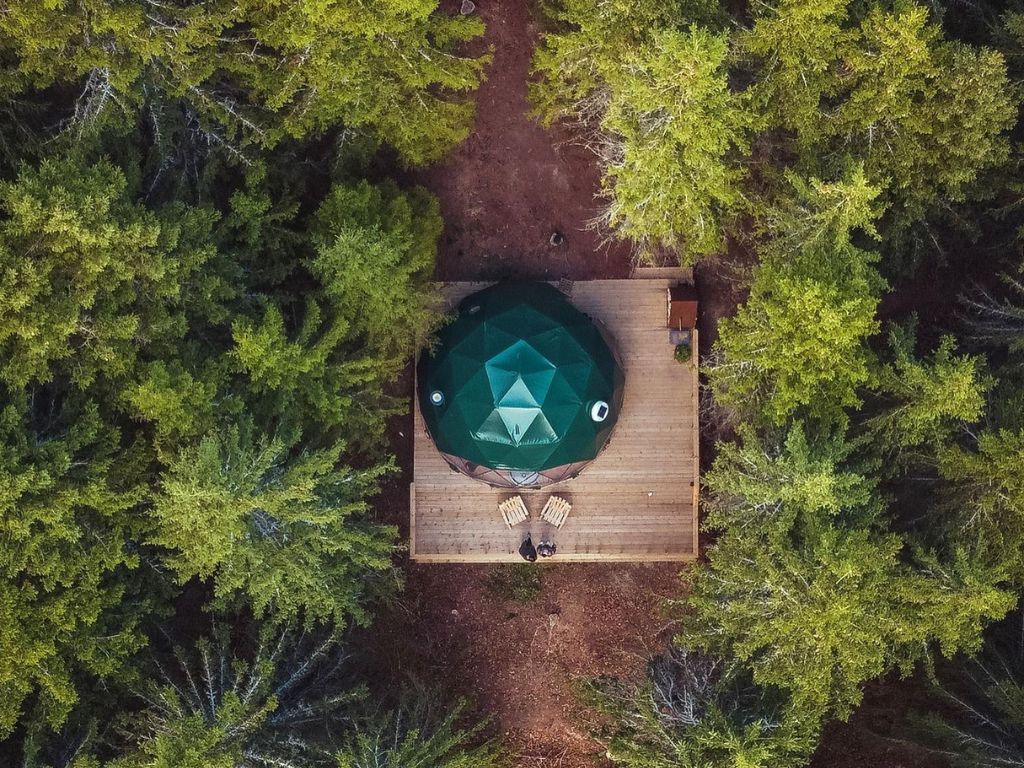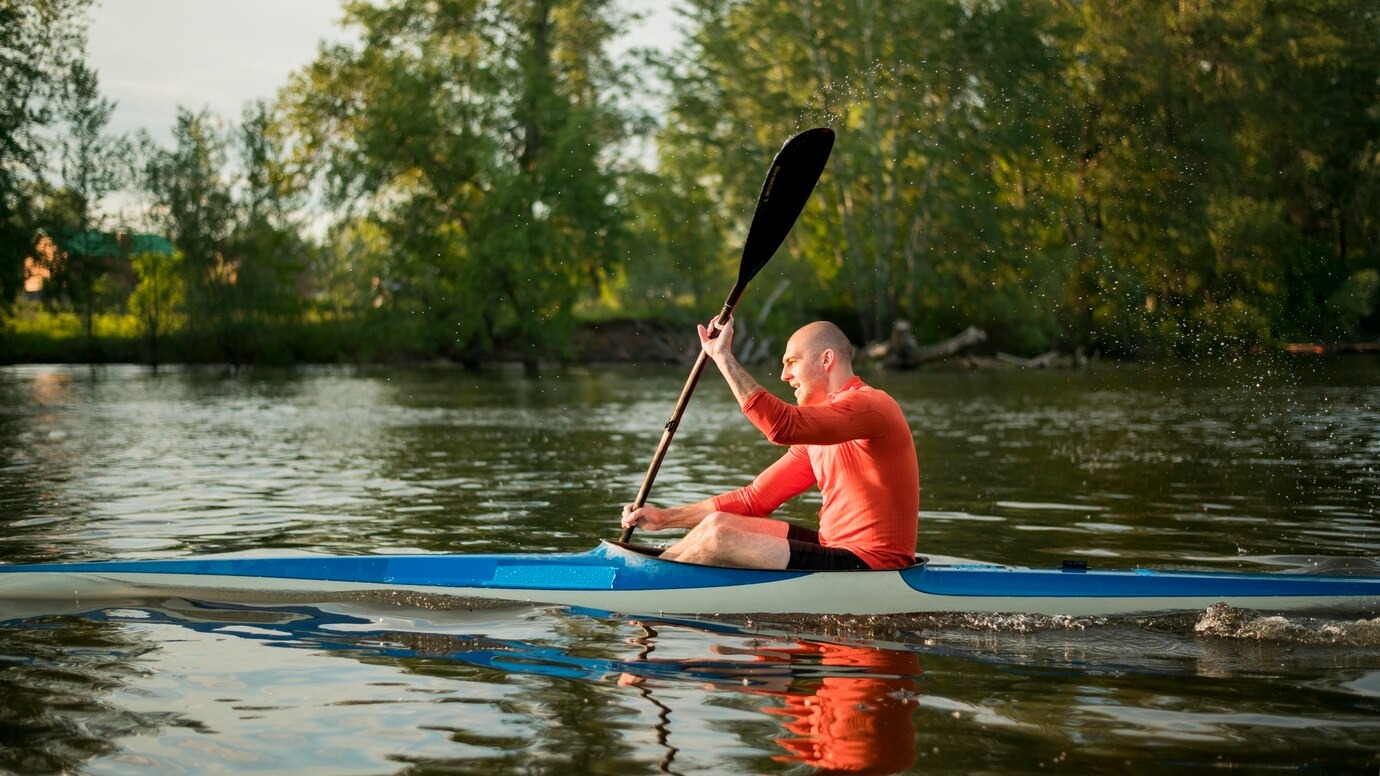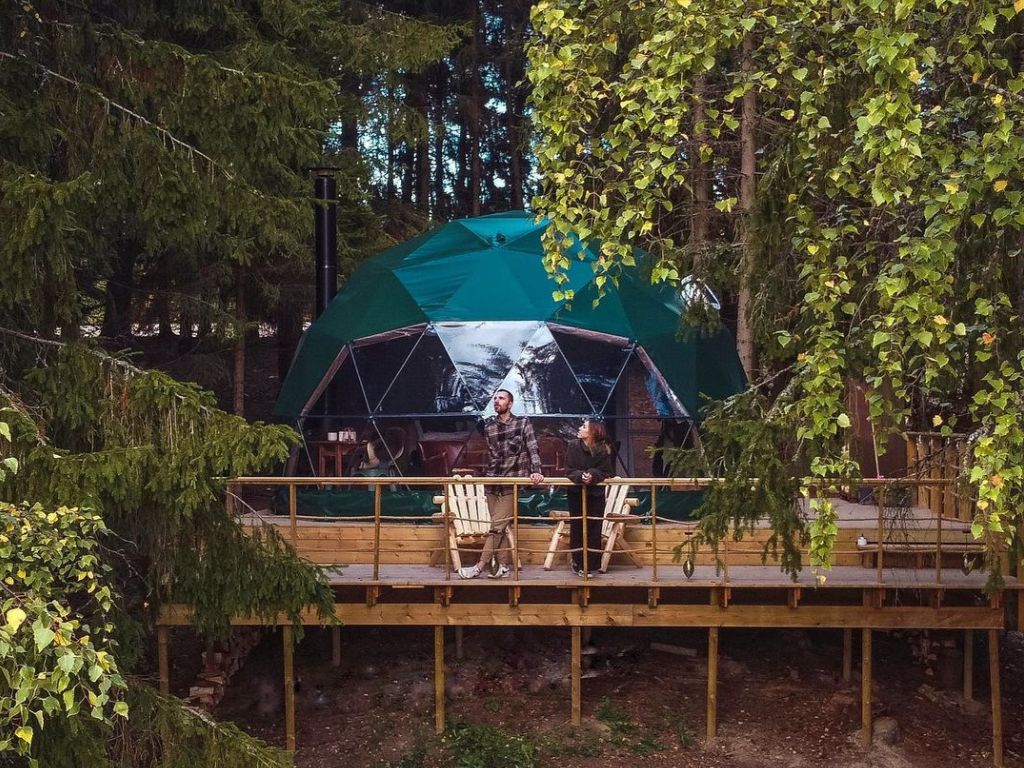As the popularity of glamping continues to grow in Norway, so does the importance of sustainable tourism practices. Although glamping, or glamorous camping, is the optimal way to immerse yourself in Norway’s stunning natural beauty, this opportunity bears with it a responsibility to minimise environmental impact and preserve the very landscapes which make glamping in Norway so appealing.
In this article we’ll explore the sustainable glamping practices being implemented in Norway and how they contribute to the country’s overall commitment to responsible tourism. As glamping develops into a tourism leader, so do the protocols associated with it, so the innovations in this field today will become the global standards of tomorrow.
Eco-Friendly Accommodations

One of the key aspects of sustainable glamping in Norway is the use of eco-friendly accommodations. Many glamping sites throughout the country, such as those offered by WonderInn, have embraced sustainable design and construction practices, using materials and techniques which minimise their environmental footprint.
These accommodations often feature:
- Renewable Materials Sustainable glamping accommodations in Norway often incorporate renewable materials, such as wood from responsibly managed forests, organic cotton and recycled metal. By using these materials glamping sites reduce their reliance on non-renewable resources and minimise their carbon footprint.
- Energy-Efficient Design Eco-friendly glamping accommodations in Norway are often designed to maximise energy efficiency. This can include features such as proper insulation, double-glazed windows and strategic placement to take advantage of natural light and ventilation.
- Renewable Energy Sources Many sustainable glamping sites in Norway rely on renewable energy sources, such as solar panels, wind turbines or micro-hydro systems, to power their accommodations. By generating their own clean energy, these sites reduce their reliance on fossil fuels and contribute to Norway’s overall goal of becoming a low-carbon society.
- Waste Reduction and Management Sustainable glamping accommodations in Norway often prioritise waste reduction and management. This can include practices such as providing reusable dishes and utensils, implementing recycling and composting programmes and using biodegradable cleaning products.
Sustainable Activities and Experiences

In addition to eco-friendly accommodations, sustainable glamping in Norway also involves offering activities and experiences which minimise environmental impact and promote conservation. These can include:
- Low-Impact Outdoor Activities: Sustainable glamping sites in Norway often prioritise low-impact outdoor activities, such as hiking, kayaking and wildlife watching. These enable guests to immerse themselves in Norway’s stunning natural beauty without causing damage or disruption to the environment. Many sites also provide eco-friendly equipment, such as reusable water bottles and organic sunscreen, to further minimise guests’ environmental footprint.
- Environmental Education: Sustainable glamping experiences in Norway often incorporate environmental education, helping guests understand and appreciate the unique ecosystems and conservation efforts in the area. This can include guided nature walks, workshops on local flora and fauna and discussions on the importance of sustainable tourism practices. By fostering a deeper understanding and appreciation for Norway’s natural environment these experiences encourage guests to become more mindful and responsible travellers.
- Support For Local Communities: Sustainable glamping in Norway also involves supporting local communities and economies. Many glamping sites partner with local businesses, such as farmers, artisans and tour operators, to offer authentic and sustainable experiences for their guests. By supporting these local enterprises, glamping sites help preserve traditional livelihoods and promote economic resilience in rural areas.
- Encouragement of Sustainable Transportation: Sustainable glamping sites in Norway often encourage their guests to use sustainable transportation methods, such as electric vehicles, public transport or cycling. Some sites offer electric vehicle charging stations, bicycle rentals or shuttle services to help guests minimise their carbon footprint whilst exploring.
Conservation and Restoration Efforts
Many sustainable glamping sites in Norway actively contribute to conservation and restoration efforts in their local environment. These efforts can include:
- Habitat Protection: Sustainable glamping sites often prioritise habitat protection, ensuring that their presence does not disrupt or degrade sensitive ecosystems. This can involve taking measures such as limiting development, controlling visitor access to sensitive areas and monitoring wildlife populations to ensure their well-being.
- Reforestation and Rewilding: Some sustainable glamping sites in Norway are active in reforestation and rewilding efforts, helping to restore degraded landscapes and promote biodiversity. This can involve planting native tree species, removing invasive species and creating wildlife corridors to facilitate animal movement and genetic exchange.
- Supporting Conservation Organisations: Sustainable glamping sites in Norway often support local and national conservation organisations through financial contributions, partnerships and awareness-raising efforts. By aligning themselves in this way glamping sites can amplify their positive impact and contribute to larger-scale conservation initiatives.
Certification and Recognition
To demonstrate their commitment to sustainable practices, many glamping sites in Norway seek certification and recognition from reputable organisations. Some of the most prominent sustainability certifications in the Norwegian tourism industry include:
- Ecotourism Norway: Ecotourism Norway is a national certification scheme which recognizes tourism businesses prioritising sustainability, local community benefits and environmental conservation. Glamping sites which earn this certification have demonstrated a commitment to minimising their environmental impact, supporting local economies and promoting responsible tourism practices.
- Green Key: Green Key is an international eco-label awarded to tourism establishments which meet strict environmental and sustainability criteria. Glamping sites which hold this certification have implemented a range of sustainable practices, such as energy and water conservation, waste reduction and environmental education.
- Sustainable Destination Certification: The Sustainable Destination Certification is awarded to Norwegian destinations which have demonstrated a holistic approach to sustainable tourism development. Glamping sites located within these certified destinations benefit from the larger community’s commitment to sustainability and responsible tourism practices.
Conclusion
Sustainable glamping practices in Norway reflect the country’s broader commitment to responsible tourism and environmental stewardship. By prioritising eco-friendly accommodations, low-impact activities, conservation efforts and local community support, Norway’s glamping industry is setting a powerful example for sustainable tourism worldwide.
As travellers become increasingly conscious of their environmental impact the demand for sustainable glamping experiences in Norway is likely to grow. By choosing to stay at a sustainable glamping site, visitors can immerse themselves in Norway’s stunning natural beauty while minimising their ecological footprint and contributing to the preservation of these precious landscapes for future generations.
As the world continues to grapple with the challenges of climate change and environmental degradation Norway’s commitment to sustainable glamping serves as an inspiration, and a model for responsible tourism practices worldwide. By supporting and promoting these practices we can all play a part in preserving the planet’s most precious natural treasures for generations to come.
